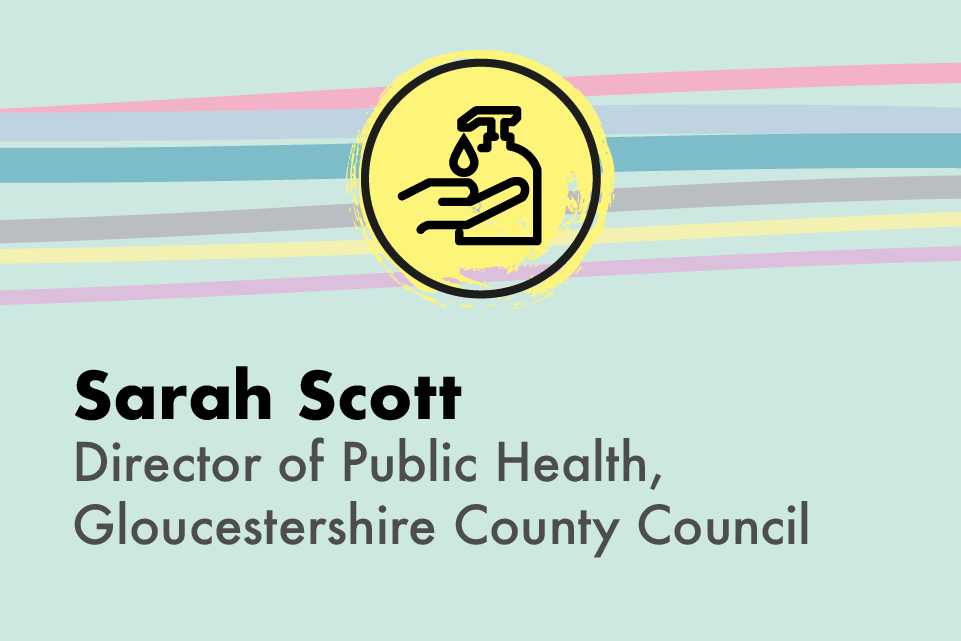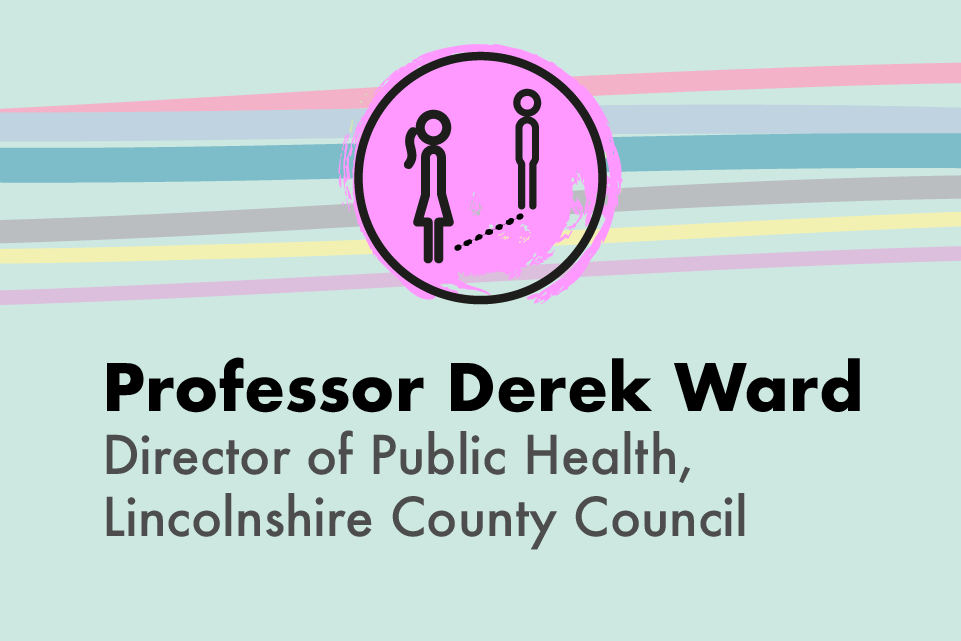An interview with Amanda Healy, Director of Public Health, Durham County Council.
This is part of a series of interviews with public health directors, published on 8 December 2020.
The return of university students in October led to a spike of cases across the country. One of the biggest outbreaks was seen at Durham.
“It was hugely challenging,” said Director of Public Health Amanda Healy, “But we were ready. We had been planning for the return of students all summer, working with the university closely to take the right preparations.”
Prior to students and staff returning all partners were working closely together on the development of an outbreak response plan, mock outbreak control scenarios, induction week planning and community liaison groups to ensure concerns of local residents were considered.
‘The cases came quickly’
One of many steps taken saw the public health team providing training to university staff were ready to trace and contain outbreaks.
Preparations were also taken to ensure there was appropriate mental health support available. This included the use of peers who understood student behaviours and the collegiate system and campus life and knew what support could be accessed online, from departments, the students’ union and the university’s counselling services.
“There was a lot of hard work before the start of the new term and that was important because when the cases came, they came quickly. In the space of a few weeks we had around 1,000 cases in total, but there was really very little spread into the wider community.
“Durham has a collegiate system. It means students are living in halls of residence in quite big groups. We had to split groups into 16 to 18 to create bubbles – it meant we could contain outbreaks while limiting the impact on students.
“Hot food was provided to those who were isolating and we tried to keep activities going and face-to-face teaching for those who weren’t.
“For those who live off campus, we set up testing facilities close to where the big student populations are and the college pastoral teams carried out welfare checks providing daily ‘check in’ calls to students. This was to ensure they had access to food, medication and social contact as well as providing advice and guidance regarding accessing testing and social isolation.
Ms Healy is now back working closely again with the university, planning students’ return home for Christmas. “We are carrying out rapid testing so they can see if they are positive for the virus prior to going home for Christmas.
“A robust communications plan is key to the promotion and uptake of testing as, initially, we saw only low numbers – 18 per cent, coming forward, which was a concern. It may have simply been that people were concerned about having to isolate again – it is something we had to keep working at and the numbers are now increasing. The challenges never stop.”
‘It’s been like crawling through mud’
While the tackling of the university outbreak has been successful, Ms Healy has found aspects of the past year “really frustrating”. “All too often we – as directors of public health – have been on the outside looking in.
“It has been hard. All the things as directors that we are used to in terms of managing infectious disease outbreaks locally have not been possible to a large extent.
“We have had to battle to get hold of testing and PPE. In those early months, the lack of testing meant we never had the full picture. We were always reacting.
“Then as things proceeded, we often felt pushed out. We wanted to be involved in contact tracing, but a national system was set up. It has been hard to be on the outside looking in. It has felt like we have been crawling through mud at times. If we had invested in local contact tracing from the start we would have been in a stronger position.”
How County Durham has been containing the virus
Ms Healy and her team, though, have been extremely proactive in their efforts to try to contain the virus. The council has developed a series of wraparound support teams to work with Public Health England on complex cases, with a team working with schools, one working with care homes and one managing outbreaks in the community.
Ms Healy said: “We have had some pretty significant outbreaks in social clubs, which we have worked hard to contain. We have also carried out a lot of work with schools, looking at the bubble sizes and doing our best to keep as many children as possible in school.”
Collaboration with her fellow public health directors in the North East and the regional Public Health England team has also been crucial since the beginning of the pandemic.
Groups have been convened across the region to support the work in care homes, universities children and young people, testing and community engagement., Directors take on lead roles acting on behalf of each other.
Ms Healy said: “We do have a close relationship. We all have different strengths and areas of expertise – whether it is working with the data or with the community. But it is also the peer support we can provide to each other which is so important. We can pick up the phone and talk and discuss problems.
“We were meeting virtually three times a week as a group in the spring, that dropped to twice in the summer, but we are now back to three. Collaborating and sharing ideas and problems has been vital during what has been an incredibly challenging year.”
Planning for Christmas
Collaboration is also going to be vital in the run up to Christmas in County Durham. The public health team has worked with the council’s 14 Action Area Partnerships, which include members of the public, voluntary sector organisations and the local public sector, throughout the pandemic. Through these a network of 58 Covid champions have recently been appointed.
“They are going to be promoting key messages to help people keep safe. One of the first big pushes will be around Christmas. From 7 December we will be running an information campaign, along with other councils, explaining the risks and trying to be clear about what the rules are.
“We want to help people plan and prepare for Christmas, to help them think about how they want to celebrate it and about the risks and how to reduce these. We have to be careful. There is a lot to be optimistic about in 2021.”



